 About Adaptive Cruise Control | Buick Canada
About Adaptive Cruise Control | Buick Canada
 About Adaptive Cruise Control | Buick Canada
About Adaptive Cruise Control | Buick Canada
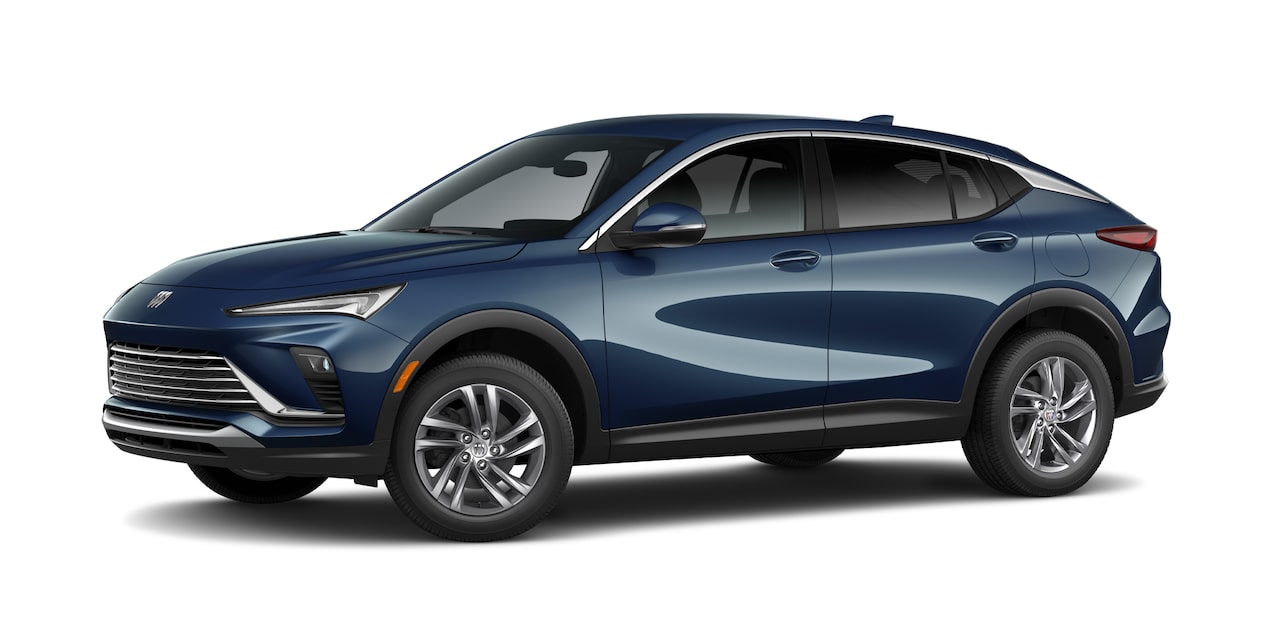
Starting at: {{starting_price}}{{starting_price_disclosure}}
As shown: {{as_shown_price}}{{as_shown_price_disclosure}}
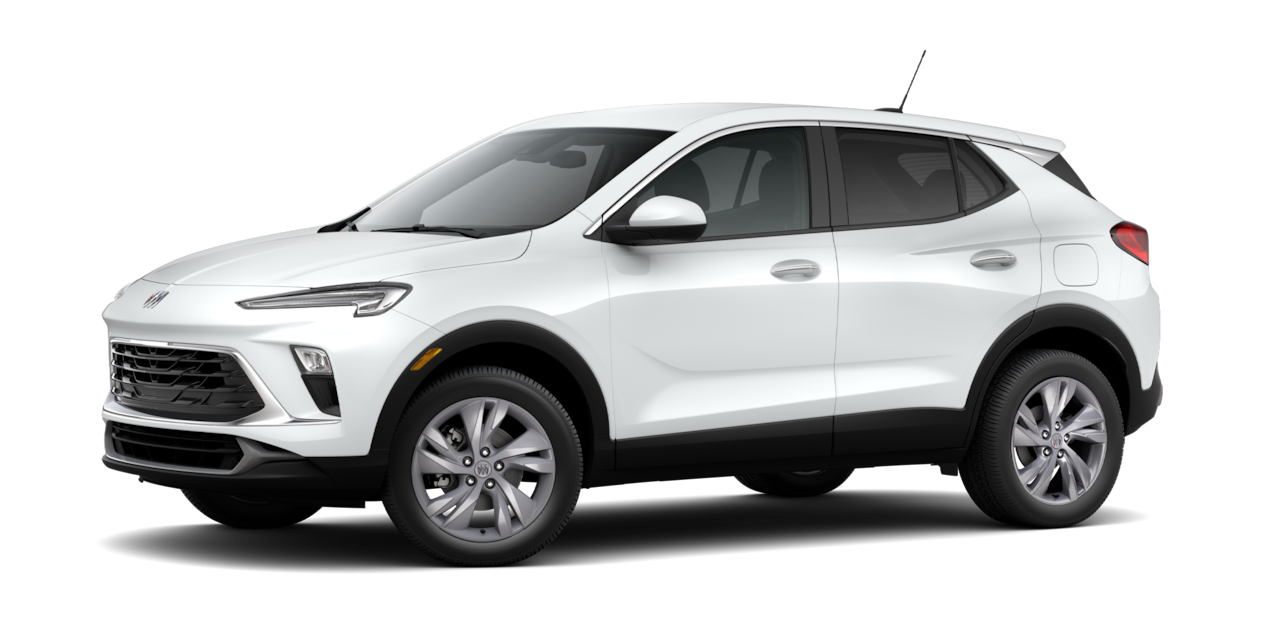
Starting at: {{starting_price}}{{starting_price_disclosure}}
As shown: {{as_shown_price}}{{as_shown_price_disclosure}}
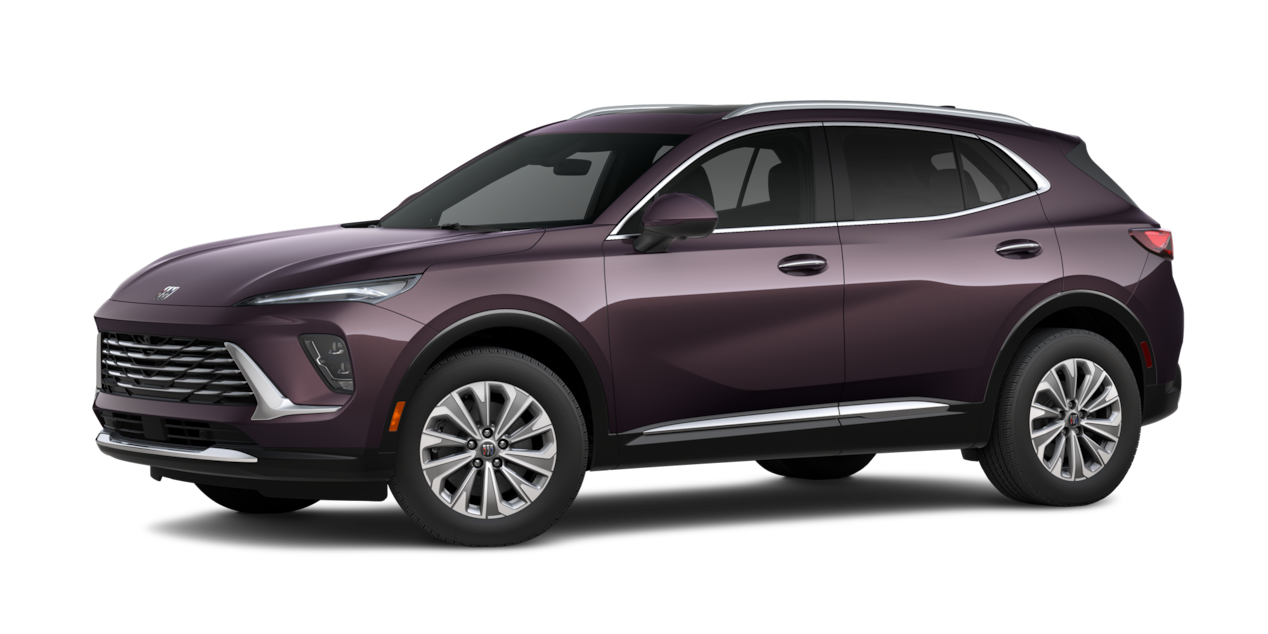
Starting at: {{starting_price}}{{starting_price_disclosure}}
As shown: {{as_shown_price}}{{as_shown_price_disclosure}}
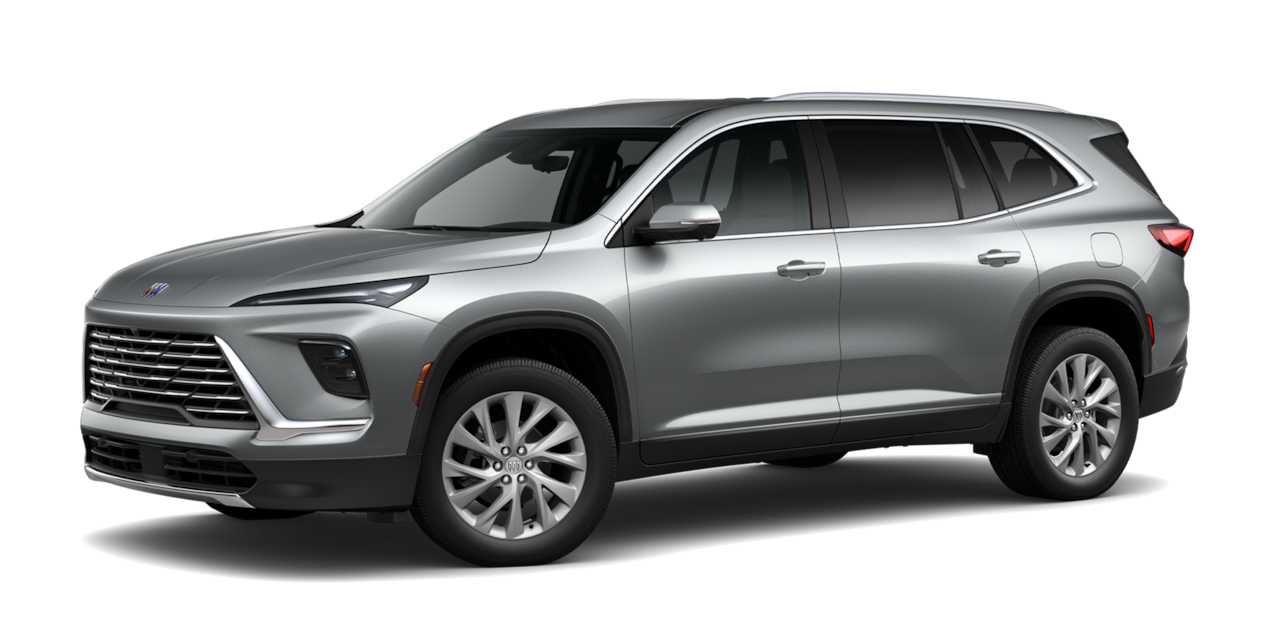
Starting at: {{starting_price}}{{starting_price_disclosure}}
As shown: {{as_shown_price}}{{as_shown_price_disclosure}}
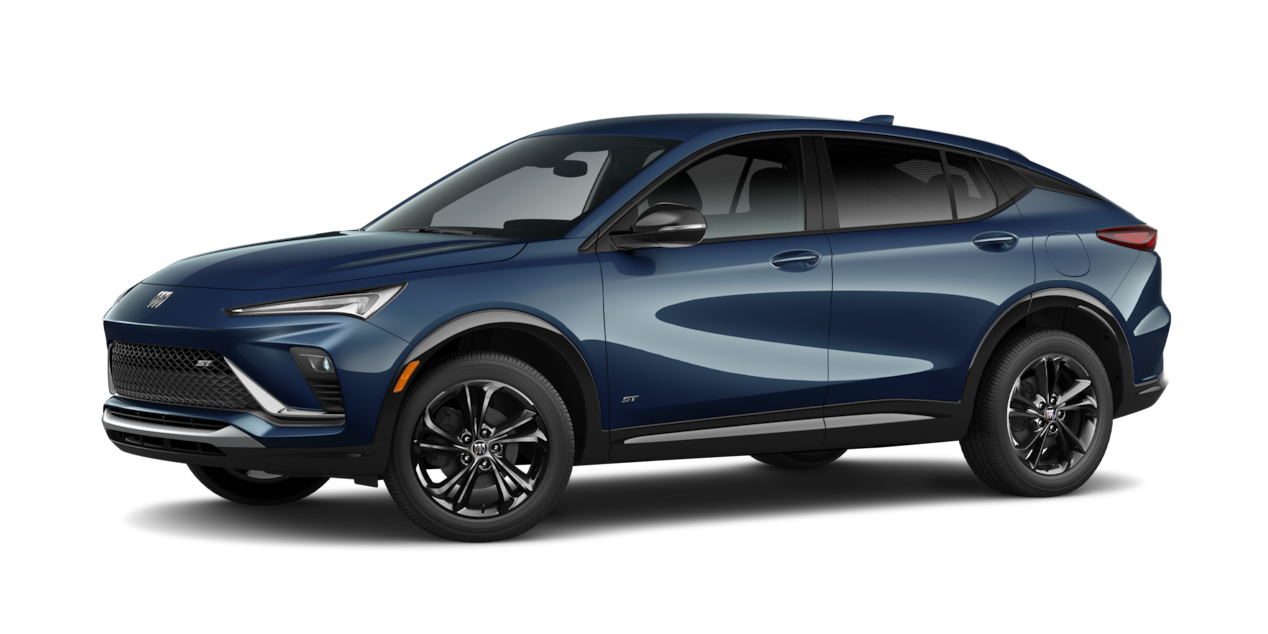
Starting at: {{starting_price}}{{starting_price_disclosure}}
As shown: {{as_shown_price}}{{as_shown_price_disclosure}}
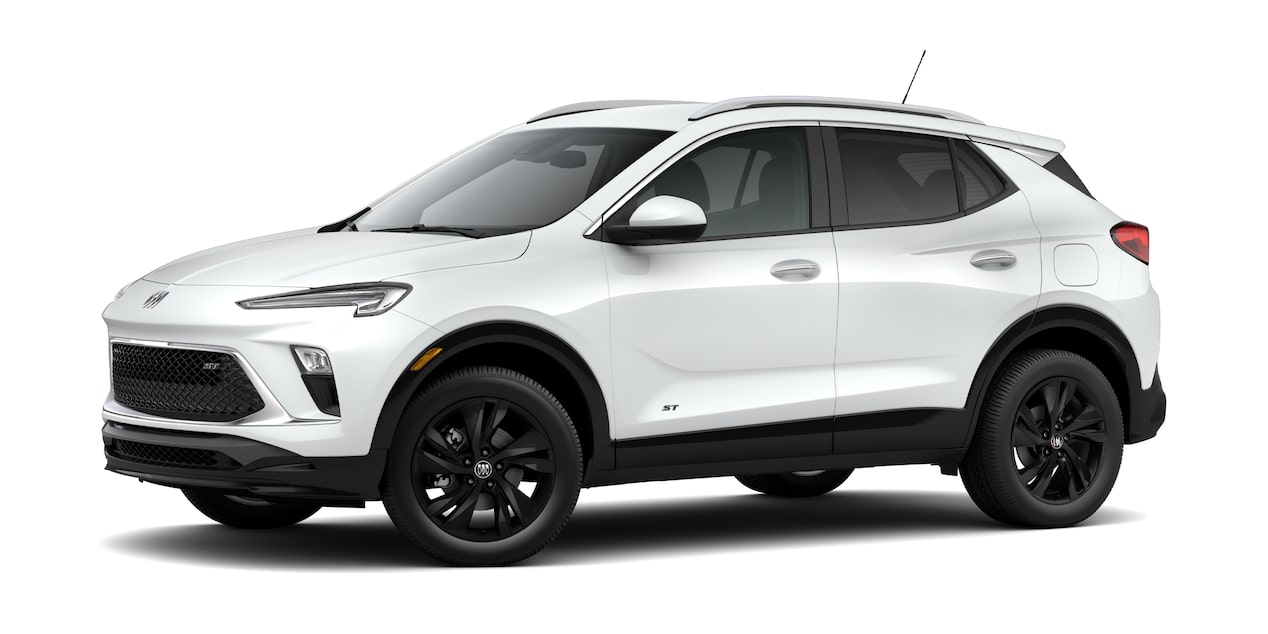
Starting at: {{starting_price}}{{starting_price_disclosure}}
As shown: {{as_shown_price}}{{as_shown_price_disclosure}}
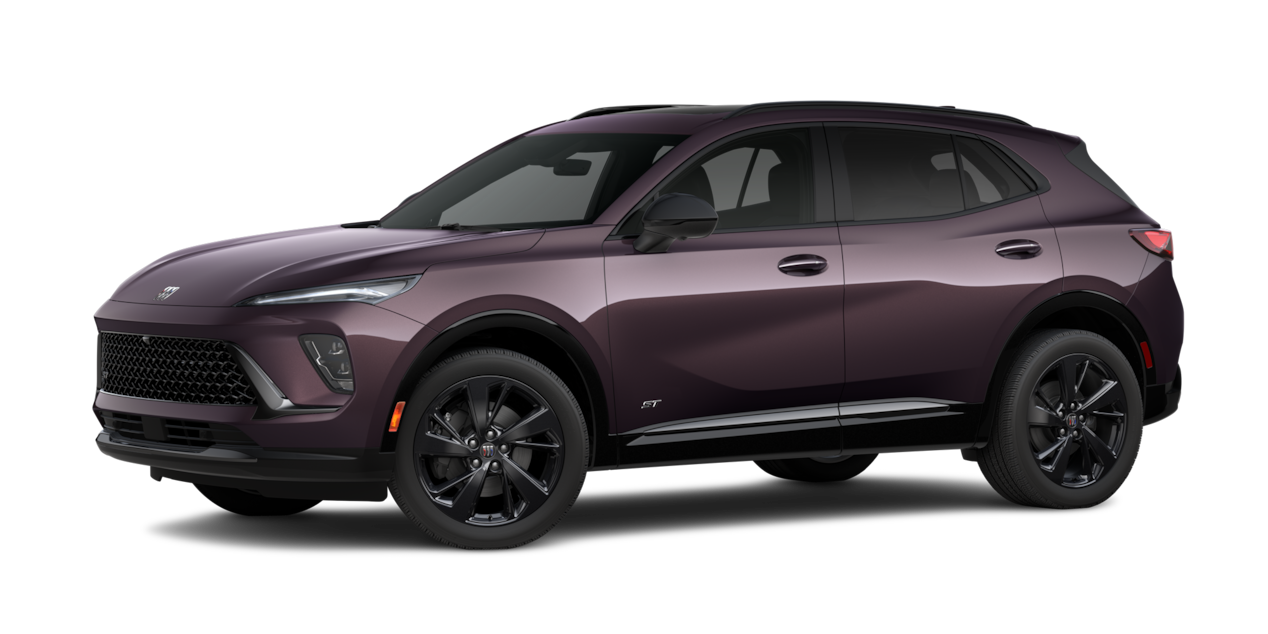
Starting at: {{starting_price}}{{starting_price_disclosure}}
As shown: {{as_shown_price}}{{as_shown_price_disclosure}}
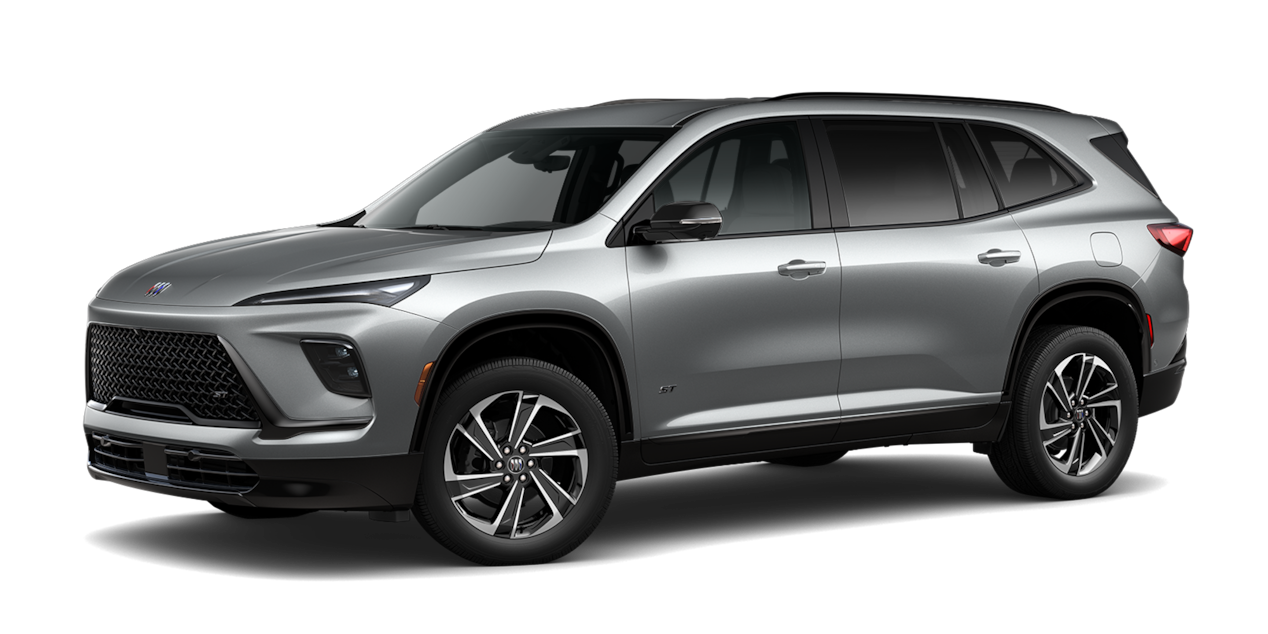
Starting at: {{starting_price}}{{starting_price_disclosure}}
As shown: {{as_shown_price}}{{as_shown_price_disclosure}}
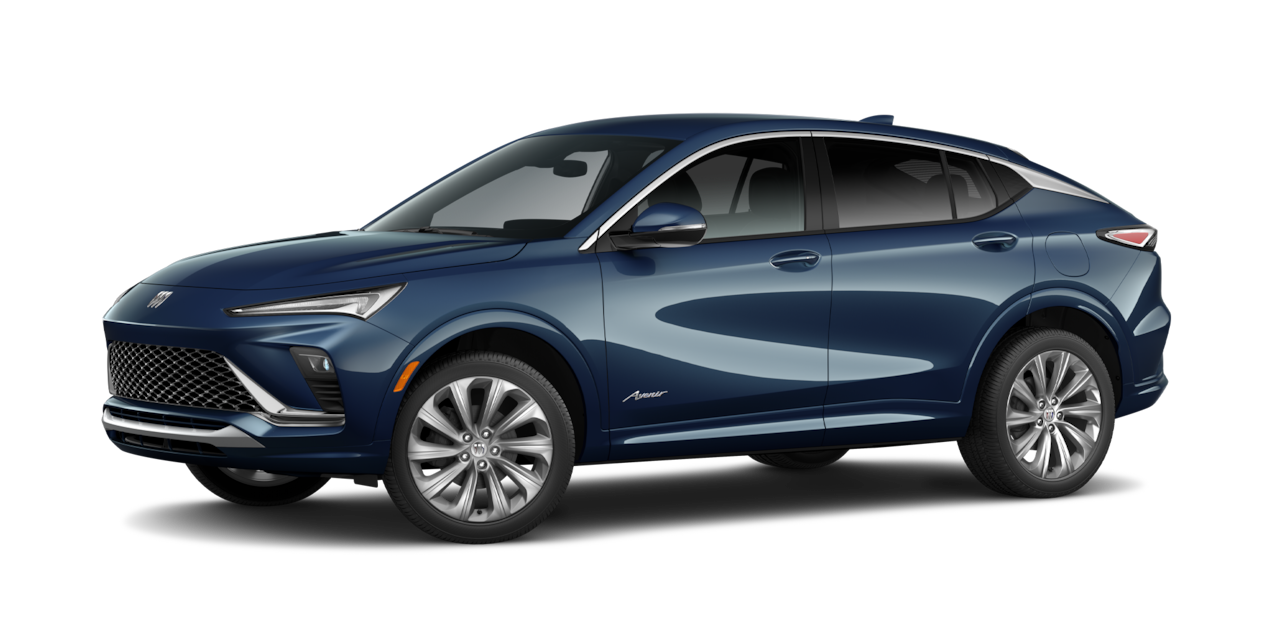
Starting at: {{starting_price}}{{starting_price_disclosure}}
As shown: {{as_shown_price}}{{as_shown_price_disclosure}}
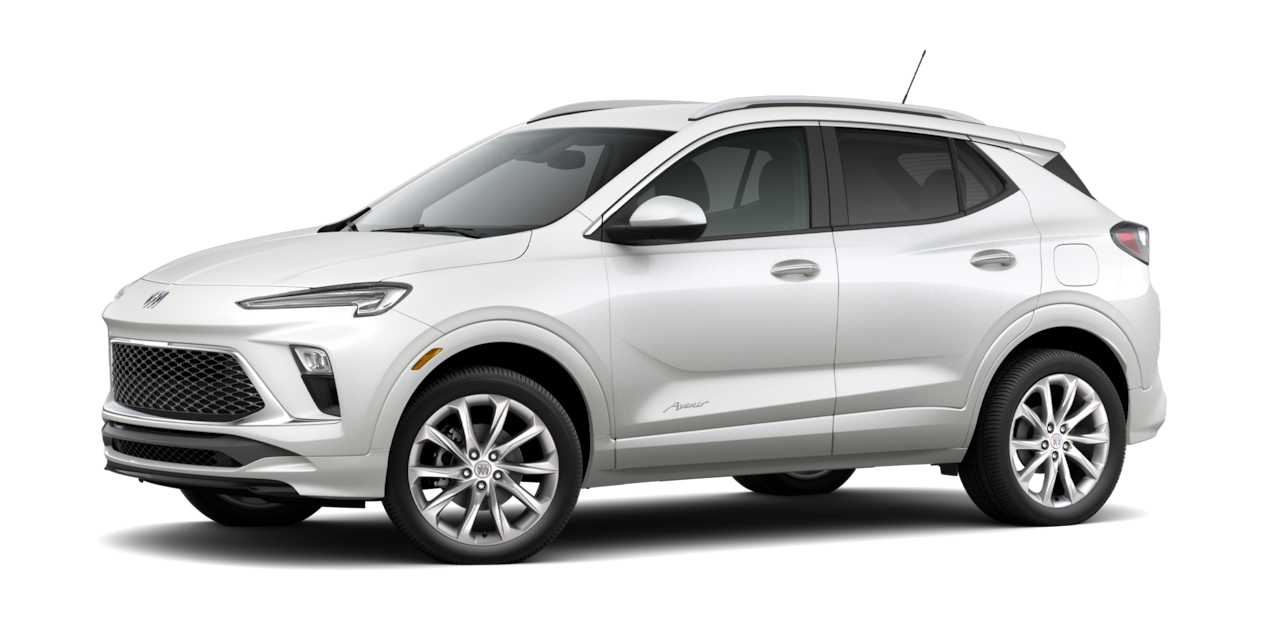
Starting at: {{starting_price}}{{starting_price_disclosure}}
As shown: {{as_shown_price}}{{as_shown_price_disclosure}}
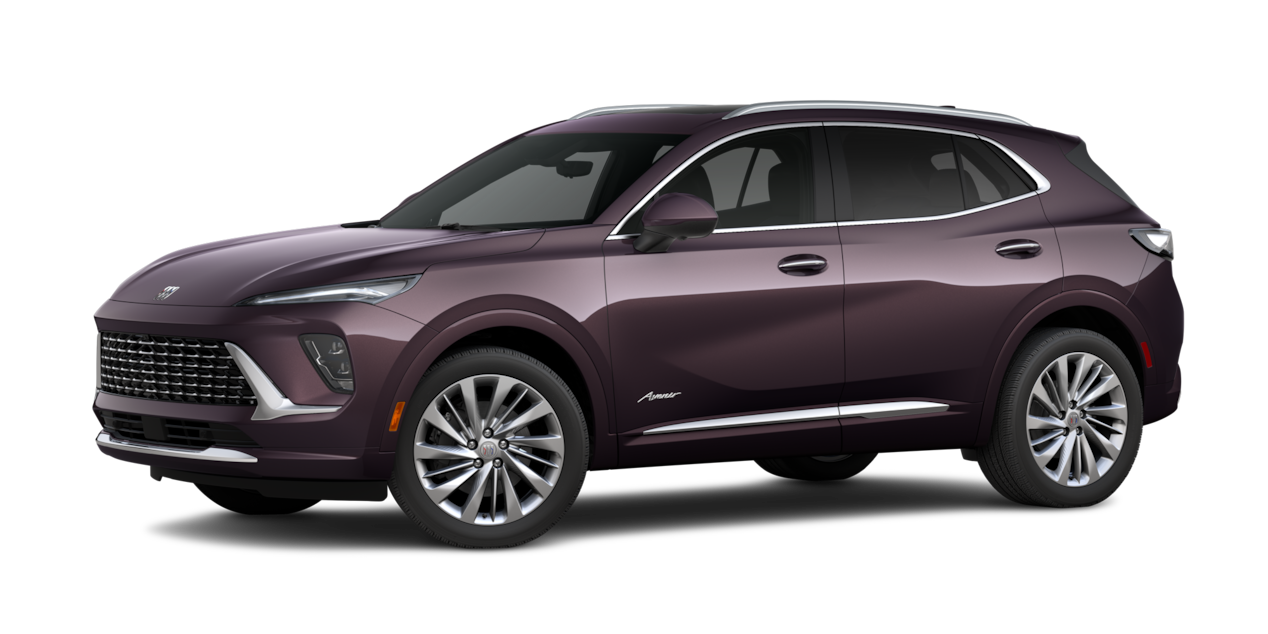
Starting at: {{starting_price}}{{starting_price_disclosure}}
As shown: {{as_shown_price}}{{as_shown_price_disclosure}}
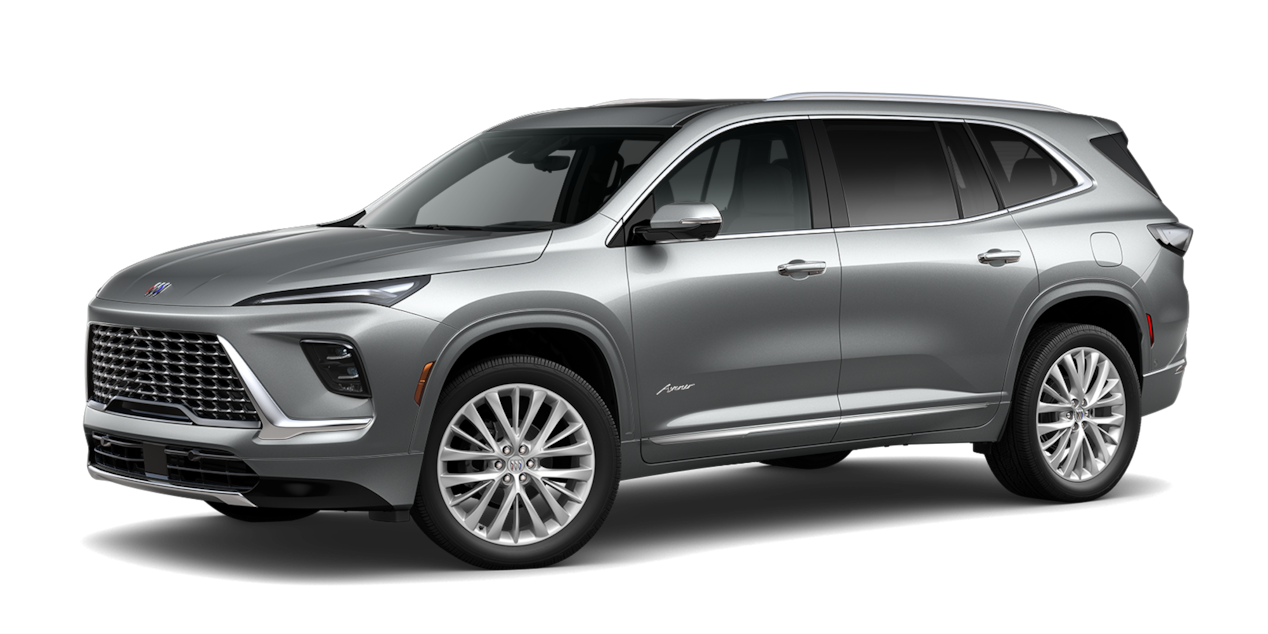
Starting at: {{starting_price}}{{starting_price_disclosure}}
As shown: {{as_shown_price}}{{as_shown_price_disclosure}}
Starting at: {{starting_price}}{{starting_price_disclosure}}
As shown: {{as_shown_price}}{{as_shown_price_disclosure}}
Starting at: {{starting_price}}{{starting_price_disclosure}}
As shown: {{as_shown_price}}{{as_shown_price_disclosure}}
Starting at: {{starting_price}}{{starting_price_disclosure}}
As shown: {{as_shown_price}}{{as_shown_price_disclosure}}
Starting at: {{starting_price}}{{starting_price_disclosure}}
As shown: {{as_shown_price}}{{as_shown_price_disclosure}}
Starting at: {{starting_price}}{{starting_price_disclosure}}
As shown: {{as_shown_price}}{{as_shown_price_disclosure}}
Starting at: {{starting_price}}{{starting_price_disclosure}}
As shown: {{as_shown_price}}{{as_shown_price_disclosure}}
Starting at: {{starting_price}}{{starting_price_disclosure}}
As shown: {{as_shown_price}}{{as_shown_price_disclosure}}
Starting at: {{starting_price}}{{starting_price_disclosure}}
As shown: {{as_shown_price}}{{as_shown_price_disclosure}}
Starting at: {{starting_price}}{{starting_price_disclosure}}
As shown: {{as_shown_price}}{{as_shown_price_disclosure}}
Starting at: {{starting_price}}{{starting_price_disclosure}}
As shown: {{as_shown_price}}{{as_shown_price_disclosure}}
Starting at: {{starting_price}}{{starting_price_disclosure}}
As shown: {{as_shown_price}}{{as_shown_price_disclosure}}
Starting at: {{starting_price}}{{starting_price_disclosure}}
As shown: {{as_shown_price}}{{as_shown_price_disclosure}}
If your vehicle has this available feature, Adaptive Cruise
Adaptive Cruise Control uses a forward-looking camera or a forward-looking camera and radar technology (depending on your vehicle) to monitor vehicles you’re following. If the system doesn’t detect a vehicle ahead, Adaptive Cruise Control works just like cruise control and maintains your selected cruise speed. When the system detects a vehicle ahead of you in your lane, it will automatically slow down or speed up your vehicle to maintain your selected following gap.
Just like cruise control, Adaptive Cruise Control uses the cruise control ON/OFF, CANCEL, SET and RESUME buttons on the steering wheel.
For more on how to use Adaptive Cruise Control, see the How-To article. This article will tell you about the different applications of the feature and some things to know before using it.
If you press the accelerator pedal while the system is in use, automatic braking won’t occur. You’ll get a message in the cluster display, or the green ADAPTIVE CRUISE CONTROL icon will turn blue, indicating that Adaptive Cruise Control automatic braking is temporarily disabled until you release the accelerator pedal.
On most vehicles, Adaptive Cruise Control can follow a vehicle ahead to a stop. When the vehicle ahead starts moving again, you should check that it’s safe to proceed and then either press the accelerator pedal or RESUME button to continue driving. For very brief stops, Adaptive Cruise Control will automatically resume and follow the vehicle ahead.
Adaptive Cruise Control has limited braking capability, so if the vehicle you’re following stops too suddenly, you’ll get an alert to take action by quickly applying the brakes yourself.
If your vehicle has the Driver Attention System (DAS) on the steering column, Adaptive Cruise Control may automatically resume and follow the vehicle ahead for longer stops if the system detects that you're paying attention to the road.
Check your Owner’s Manual to learn more about how Adaptive Cruise Control works on your vehicle at low speeds.
If equipped, Adaptive Cruise Control may be used when towing an attached trailer that is electrically connected and within GM-approved allowable size and weight limits.
When you turn on Adaptive Cruise Control while trailering and change the gap settings, an icon will appear in your Driver Information Centre (DIC) next to your gap setting display that indicates you have trailering functionality for Adaptive Cruise Control equipped.
When towing a trailer, Adaptive Cruise Control driving characteristics, such as following gap, acceleration rates and braking rates, may be modified to provide a better towing experience.
When towing a trailer with Adaptive Cruise Control, it is important to properly set the Trailer Gain. Check your Owner’s Manual for more information on setting Trailer Gain.
It is recommended you select Tow/Haul mode when driving down steep hills or mountain grades, or when hauling heavy loads.
If you turn on Adaptive Cruise Control and do not see the TRAILERING icon in the DIC when you try to change your gap settings, your vehicle is not properly equipped to use Adaptive Cruise Control while trailering. If this is the case, do not use Adaptive Cruise Control while trailering.
Adaptive Cruise Control should not be used while towing a trailer with an aftermarket trailer brake controller. Aftermarket trailer brake controllers may not function properly with the Adaptive Cruise Control system.
You should read your Owner’s Manual to learn more about the limitations of the system.
On some vehicles, you can switch between cruise control modes by pressing and holding the CANCEL button. Check your Owner's Manual for more information.
To find out if your vehicle has this feature, contact your dealer or refer to your vehicle’s equipment list. Please check your Owner’s Manual for more information about features.
You are leaving buick.ca
You are leaving buick.ca to visit a website that is operated independently and not maintained by General Motors of Canada and where the General Motors of Canada privacy policy does not apply.
This link is provided to you for convenience and does not serve as an endorsement by General Motors of Canada of information or content that you may find on this site.